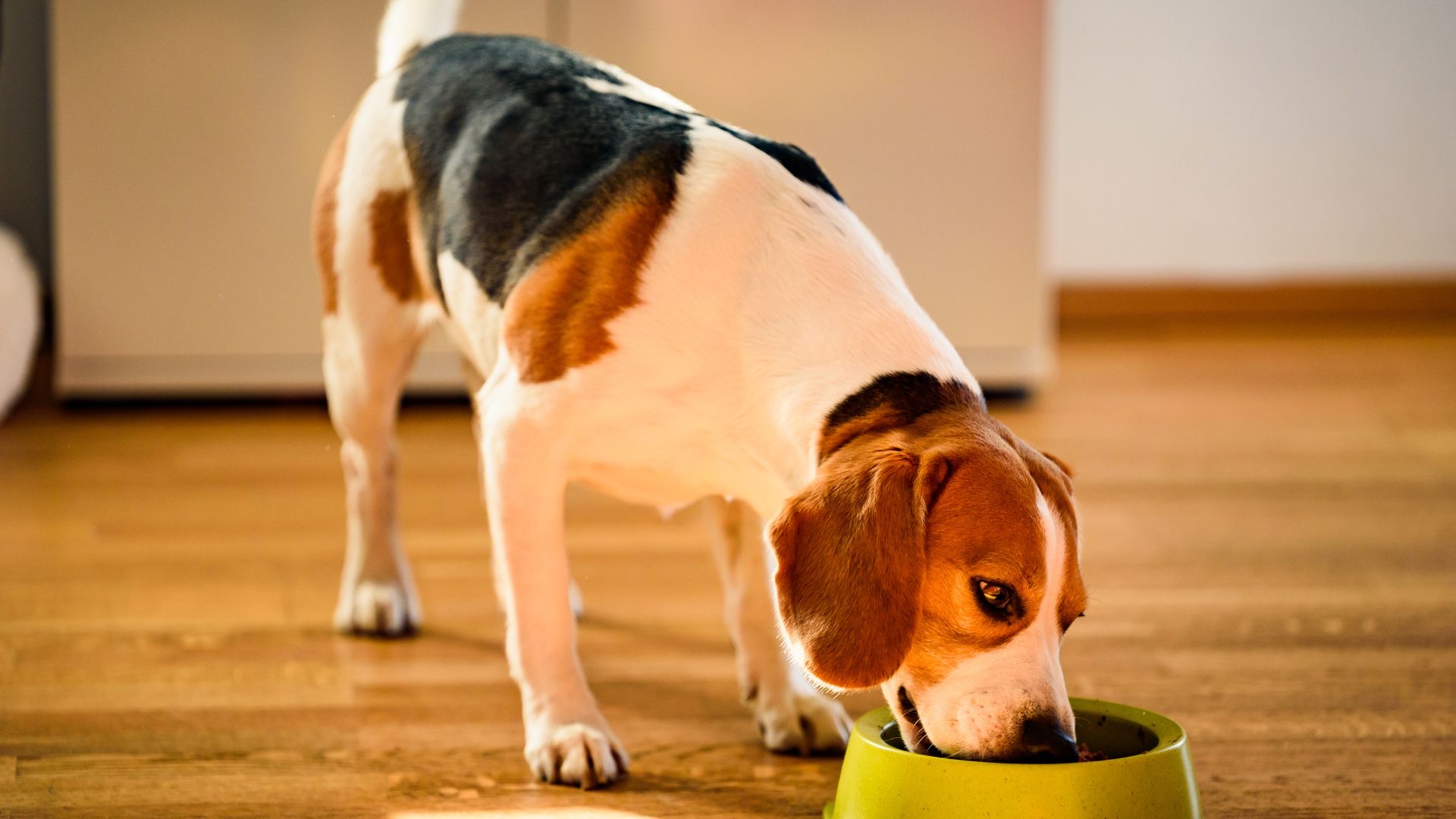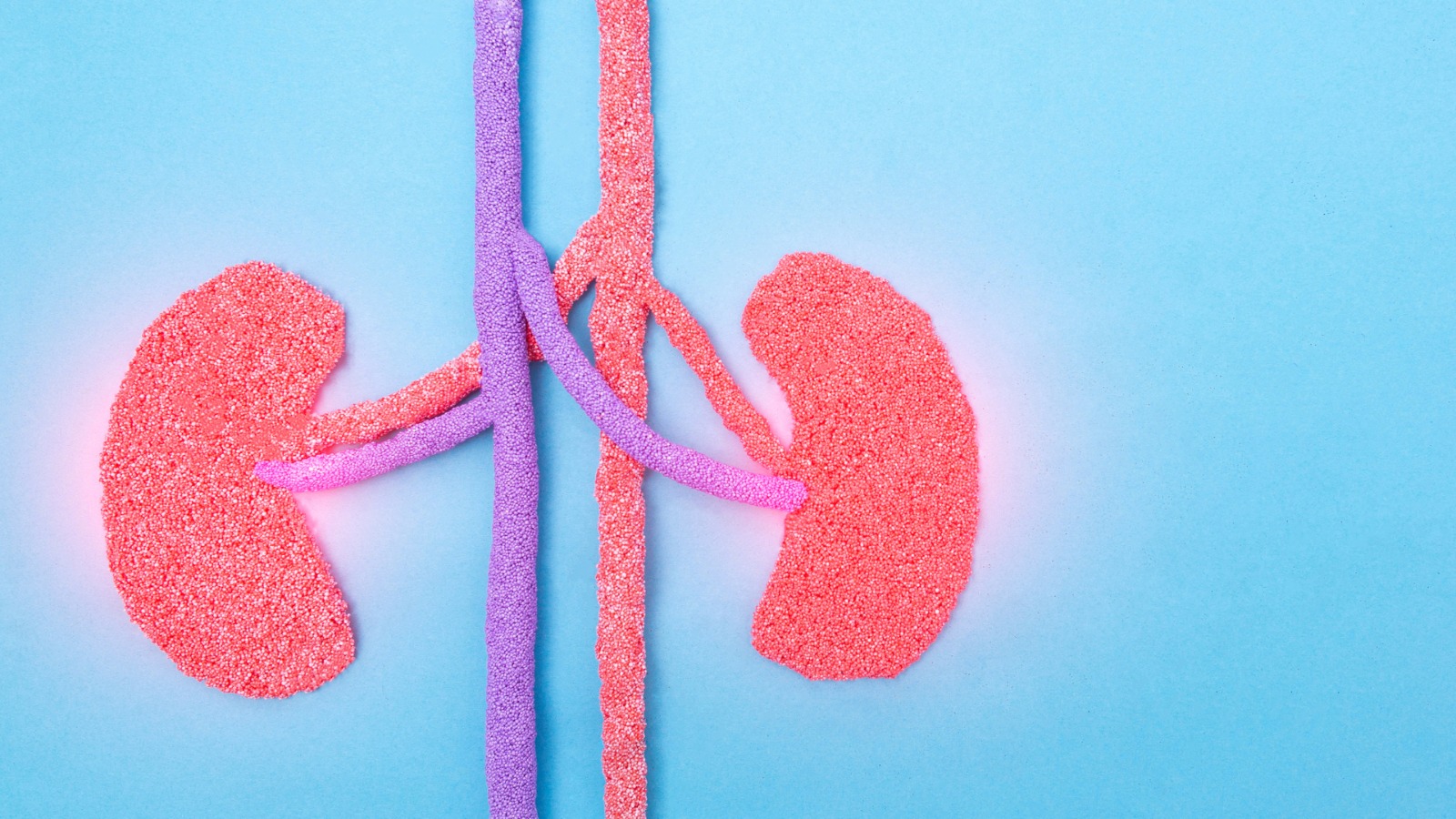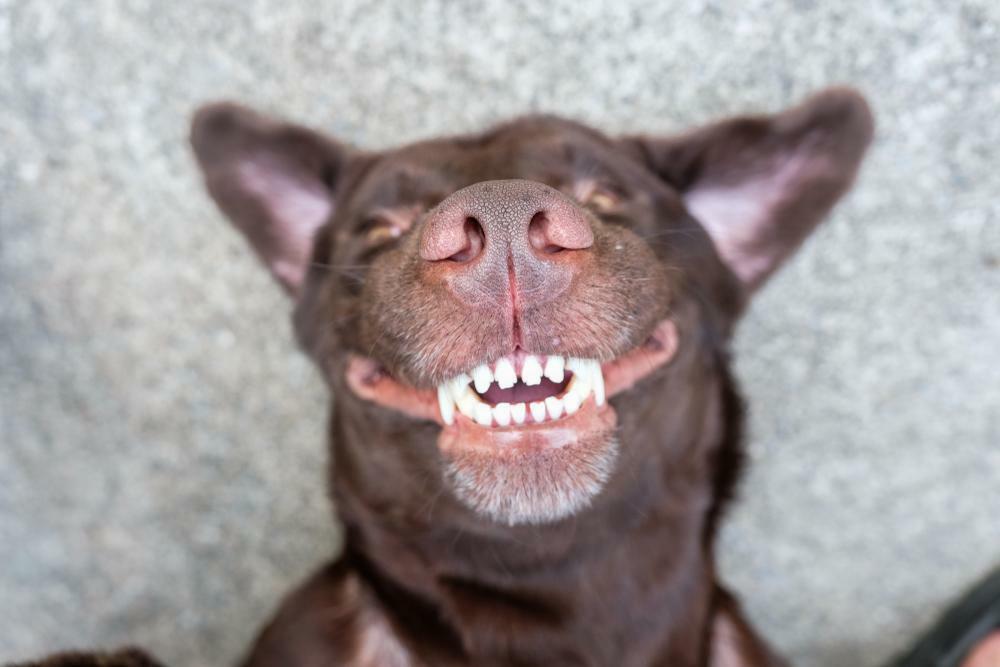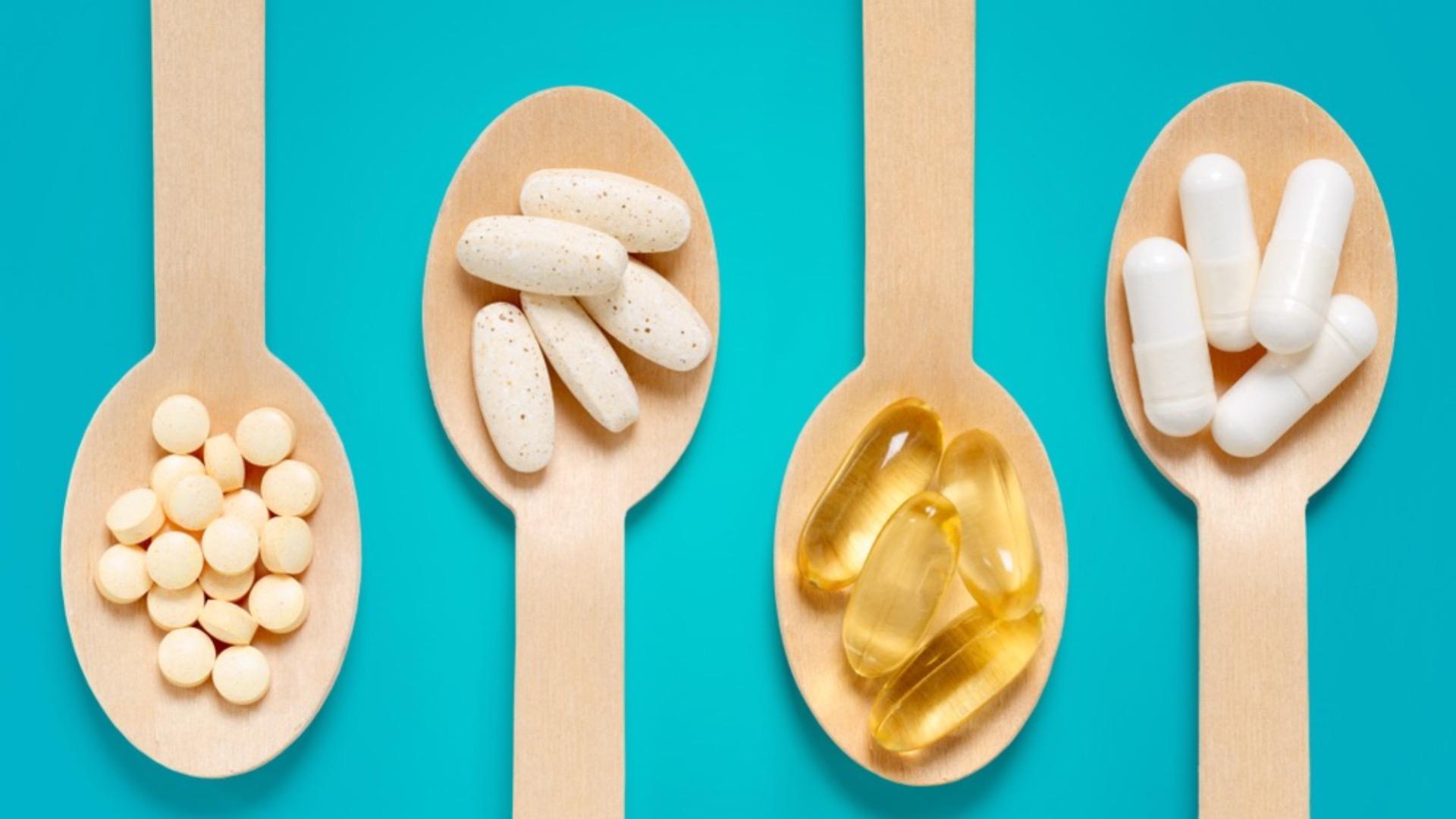The prevalence of chronic kidney disease in the cat is seemingly on the up. Generally, what goes up, must come down, but when we look at the factors underlying kidney disease, there is a real concern that this may not happen. Currently, it is suggested that
1 in 3 cats suffer with some form of kidney disease.
So, what can we do about it?
Let’s take a look at kidney disease in a little more detail, why the kidneys are so important and some of the underlying factors that contribute to the development of it.
What is kidney Disease
Chronic kidney disease in cats is a prolonged process marked by the irreversible loss of kidney function. It is suggested that the early stages of CKD are often missed in cats, likely because many are outdoor cats so urination and drinking behaviours may not be as easily noted, along with vomiting etc.
Kidney disease is generally associated with ageing pets; like all things, kidneys too get tired as they get older. But there are
new concerns, well, new in 2014, that younger cats are seemingly presenting with the disease too. Where 30-50% of cats 15 years of age or older suffer with CKD, 13% of those under the age of 4 also suffer.
Symptoms of Kidney Disease in the Cat:
- Increased thirst
- Increased urination
- Reduced appetite
- Weight loss
- Vomiting
- Fatigue
- Weakness
- Bad breath
There are 4 stages of kidney disease in the cat, they are based on serum creatinine concentration: stage 1 through 4, with 2 being mild, 3 being moderate and 4 being severe.
Findings here
Why are the kidneys so important?
The two bean shaped organs have vital functions in the body. They monitor fluid levels in the body, control and process waste and release vitamins, minerals and hormones. Their main function is to collect waste products and turn them into urine.
Blood enters the kidney though arteries and splits into nephrons. The nephron splits into two nifty mechanisms to filter the blood. This includes the glomerulus and tubule. The glomerulus is like a sieve, allowing certain compounds from the blood into the tubule. The tubule then senses whether any of these compounds are needed around the body. If so, they are absorbed into the body. The tubule also senses waste products, like urea which is produced during the break down of protein. It redirects urea as urine which travels down the ureter, into the bladder to be excreted.
The kidneys also activate vitamin D, and release hormones such as erythropoietin which is needed to produce red blood cells and renin which regulates blood pressure.
Without the kidneys, the body would be full of blood that hadn’t been sieved and full of harmful waste. It also wouldn’t be receiving the vitamins and minerals, which, without being dramatic, are in fact critical to life.
Causes of Kidney Disease
There are genetic predispositions to developing kidney disease; certain breeds that are more likely to suffer with kidney issues include the Persian, Siamese, Ragdoll, Russian Blue and MaineCoon.
But other than acute renal failure caused by poisoning (plants, pesticides etc), there are other factors that can contribute to kidney issues.
As we have established, one of the kidney’s main role is to filter helpful and harmful compounds in the blood. It stands to reason that the more harmful compounds it must process, the sooner it reaches its retirement party! It is often suggested that chemical exposure isa progression factor in the disease and sadly cats are regularly exposed to cleaning agents, pesticides, and many more environmental toxins. These can be ingested, inhaled, or exposed transdermally (through the skin).
The foods fed to cats can also impair kidney function.
Mycotoxins are a diverse group of chemicals produced by a diverse group of fungi. However, mycotoxins, can be nephrotoxic (toxic to the kidneys). Studies have demonstrated that anywhere between 62% to 100% of cat foods sampled had mycotoxin contamination.
Findings here
There are also reports of melamine toxicity in cats, resulting in kidney damage. You guessed it; the source of melamine was contaminated food.
Findings here
Mild dehydration is also a risk factor for kidney disease. This is a concern because of the moisture content in many commercial foods. Dry-based cereal foods rank low on moisture,with dogs demonstrating increased drinking to counterbalance their water requirement. Cats, however, have an evolutionary low thirst-drive. Cats are obligative carnivores, meaning they get what they need from animal tissue. Therefore, they would naturally get moisture from their whole prey kills. But they are no longer getting the same level of moisture with a dry based diet and their thirst-drive hasn’t yet caught up (in evolutionary terms)!
Starch also poses a risk for developing periodontal disease. Wait, what has periodontal disease got to do with the kidneys? And what has starch got to do with cats?
Stick with us.
Starch is the storage form of energy in plants; and then becomes a source of sugar in an animal’s diet. Bacteria found in the mouth feed off these starches and form a biofilm called plaque. This slowly degrades the tooth and surrounding structures. Not only that but the frequency of eating can contribute to the development of periodontal disease. Saliva can perform a clean-up between meals, but this becomes less of an option for the cat who is free fed throughout the day.
The long and the short of it, many dry-based foods contain starch, which is a risk for periodontal disease. Periodontal disease is regularly implicated as a risk factor for kidney disease due to the relocation of oral bacteria throughout the body.
Despite this, there are also things that can help mitigate the risks associated with kidney disease.
Water intake is of utmost importance in all kidney patients. Therefore, a high moisture diet is essential.
When offering drinking water, ensure it is filtered to remove any potential harmful compounds before they even get into the body.
Protein restriction in kidney cases is much discussed and often controversial. Surely eating protein places undue burden on the kidneys? The jury is still out, but it is clear that protein is an essential nutrient and key to maintaining muscle mass in the kidney patient. The important thing is to focus on bioavailability. If the protein is easy to digest and utilise, then there will be less waste. So, keep the protein moderate, but high in biological value.
Phosphate retention is common in kidney disease and can lead to secondary hyperparathyroidism along with hypocalcemia. In short, not great. So, a low phosphorus diet should be considered which doesn’t necessarily mean a low protein diet. The key here are the proteins used.
Due to the associated anorexia in kidney disease and polyuria, B vitamins can often become depleted. In human cases of kidney disease, B12 deficiency is observed 56% of the time.
Findings here
Unfortunately, B12 deficiency has its own set of complications. For more information on the importance of B12, then read our blog
here.
Bioavailability of nutrients is therefore essential, and we know that animal tissues are a major source of B vitamins.
The use of EPA and DHA, along with antioxidants vitamin E and C have been shown to reduce renal oxidative damage in dogs, so there is room to explore this in the feline patient.
In our next blog we will explore supplementation further.
Summary
Kidney disease is thought to affect 1 in 3 cats. That is colossal. There are a number of risk factors associated with the disease from genetic predispositions to environmental toxins and of course co-occurring health issues. Whilst progression is rarely reversed, there are certainly dietary additions and other modifications that can be beneficial.
Top Tips:
- Feed a fresh food diet with high biological value (cooked or raw food is beneficial)
- Source organic if/where possible
- Low phosphorus
- Moderate protein
- Consider the use of EPA, DHA along with antioxidants
- Consider vitamin and mineral status
- Offer fresh filtered water (in fountains if necessary – cats seem to have a thing for running water)
- Maintain good oral hygiene
- Reduce exposure to toxins like flea treatments, excessive vaccines, cleaning products, pesticides etc.
If you are concerned about the health of your cat, or whether they may have early signs or even progressed kidney disease, then please book a consultation
here.
Thanks for reading
MPN Team x














